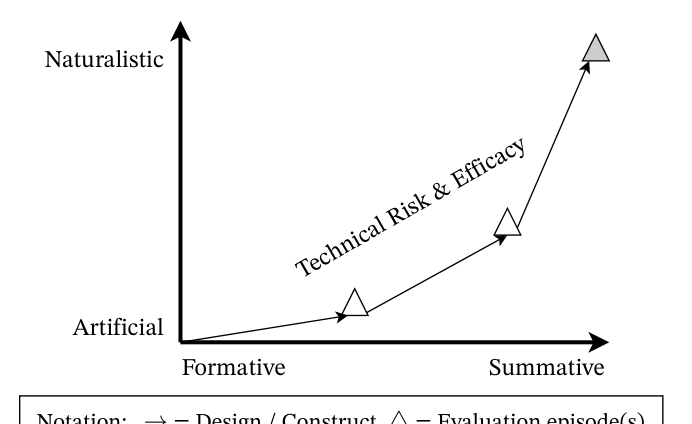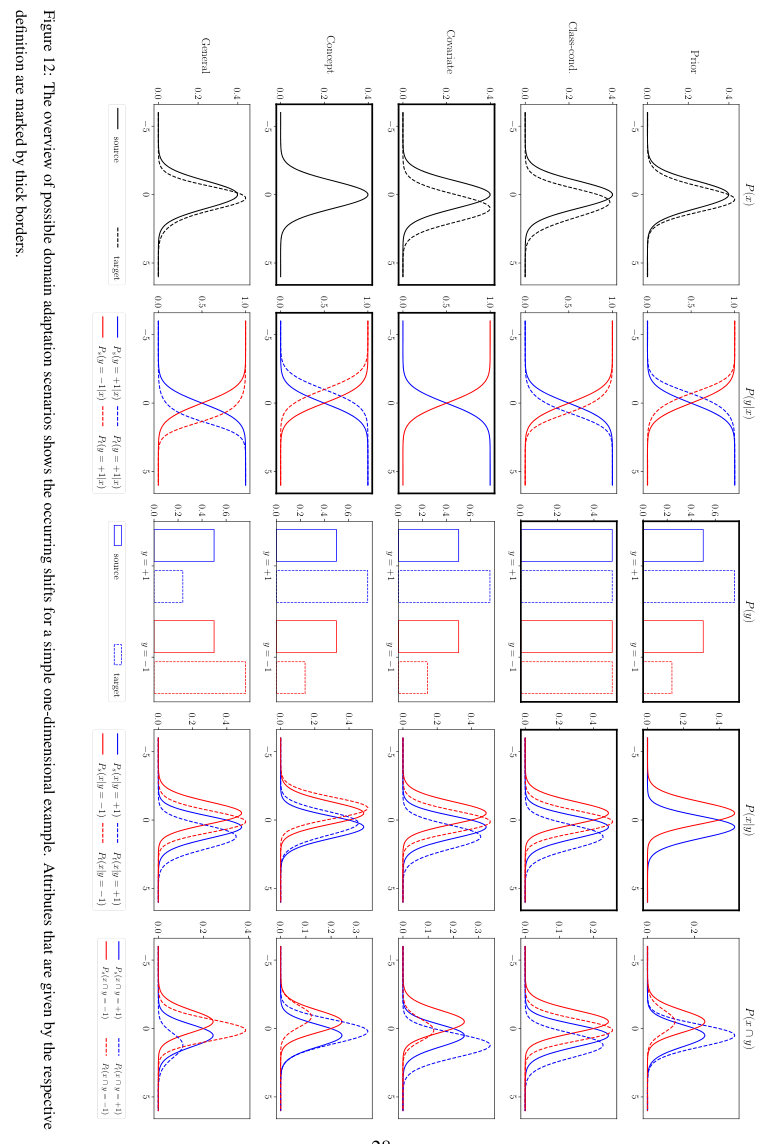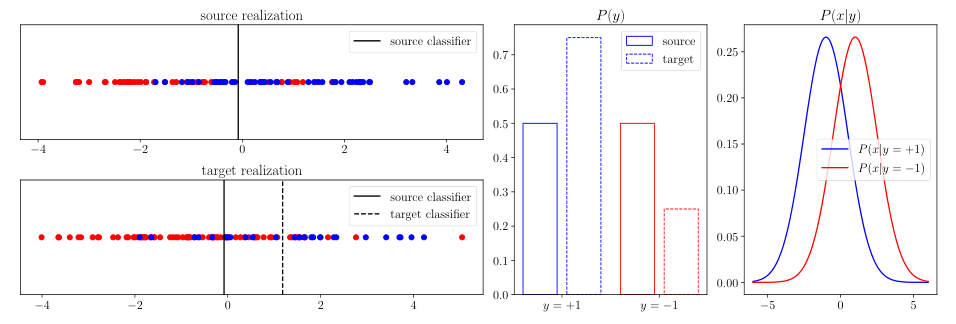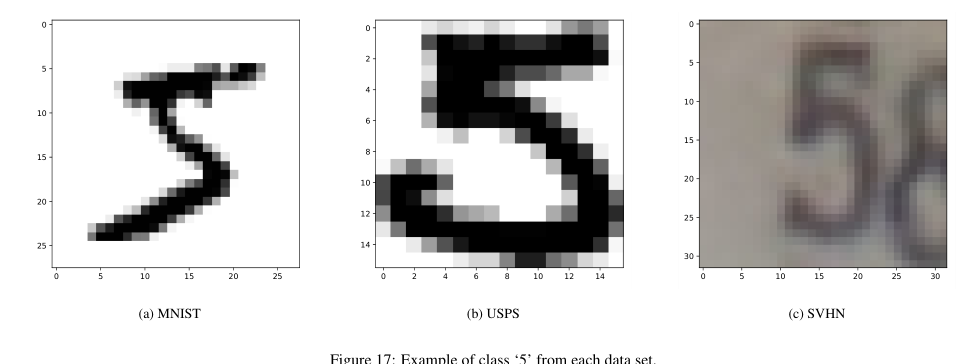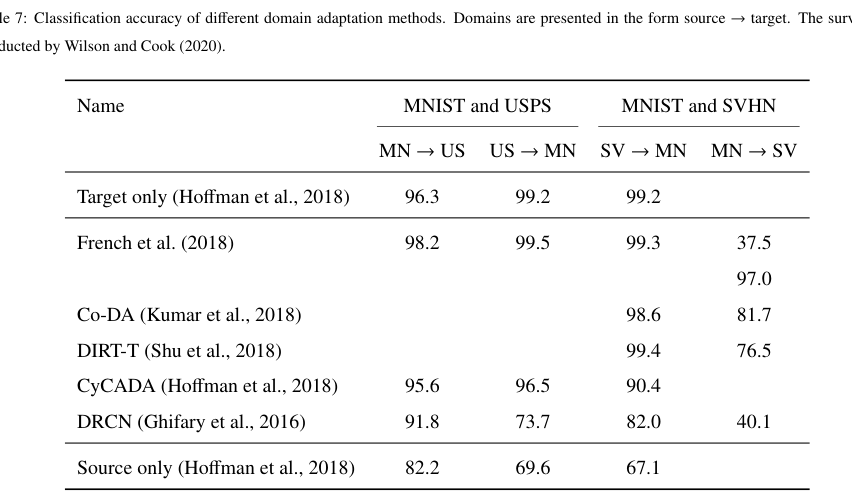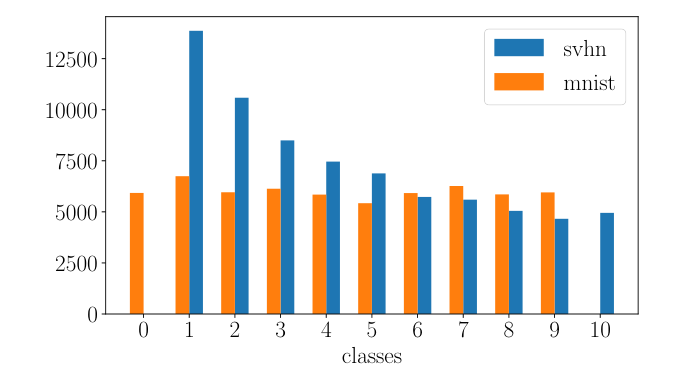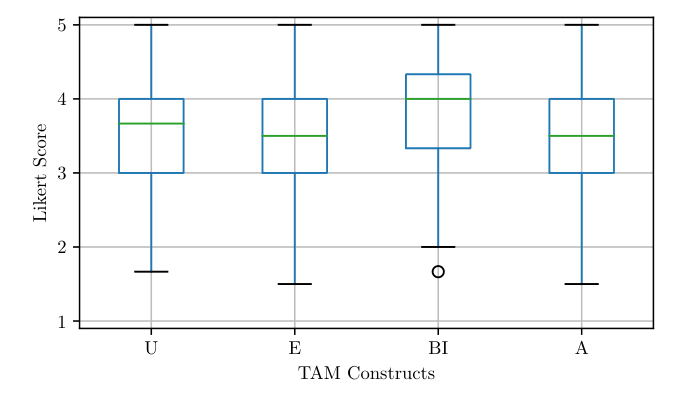Towards a Problem-Oriented Domain Adaptation Framework for Machine Learning
Philipp Spitzer, Dominik Martin, Laurin Eichberger, Niklas Kühl·January 08, 2025
Summary
The article introduces a problem-oriented framework for domain adaptation in machine learning, addressing challenges like data source variability and evolving data bases. It categorizes five scenarios, offers strategies for each, and guidelines for identifying suitable problems. Evaluated on diverse datasets and through an experimental study, the framework effectively captures domain adaptation issues, providing guidance for practitioners and researchers lacking expertise in the field. Domain adaptation in machine learning bridges feature distribution gaps between source and target domains, crucial for practical supervised learning, especially in autonomous driving where synthetic data is abundant but real-world application poses challenges due to domain shift. A problem-oriented framework, developed using design science research, aids users in selecting suitable domain adaptation approaches, pinpointing reasons for ill-performing attempts, and ensuring practical implications in real-world contexts, bridging the gap between theory and practice. This framework is valuable for both researchers and practitioners dealing with domain adaptation scenarios, highlighting its theoretical and practical relevance in computer science and information systems.
Introduction
Background
Overview of domain adaptation in machine learning
Importance of addressing data source variability and evolving data bases
Objective
To introduce a problem-oriented framework for domain adaptation
To evaluate the framework on diverse datasets and through an experimental study
Method
Problem Categorization
Five scenarios of domain adaptation problems
Strategies for each scenario
Framework Development
Design science research approach
Identification of suitable problems for domain adaptation
Evaluation
Diverse datasets for testing
Experimental study to validate effectiveness
Domain Adaptation Scenarios
Scenario 1: Data Source Variability
Description of the scenario
Strategies for addressing data source variability
Scenario 2: Evolving Data Bases
Description of the scenario
Approaches for managing evolving data bases
Scenario 3: Feature Distribution Gaps
Description of the scenario
Techniques for bridging feature distribution gaps
Scenario 4: Domain Shift in Autonomous Driving
Description of the scenario
Specific challenges and solutions in autonomous driving context
Scenario 5: Practical Implications
Description of the scenario
Importance of considering practical implications in real-world contexts
Framework Implementation
Selection of Suitable Domain Adaptation Approaches
Guidelines for choosing the right approach
Identification of Reasons for Poor Performance
Diagnostic tools for identifying issues
Ensuring Practical Relevance
Steps for ensuring the framework's applicability in real-world scenarios
Theoretical and Practical Relevance
Theoretical Contributions
Contributions to the field of domain adaptation
Practical Applications
Guidance for researchers and practitioners
Bridging the Gap
Connecting theoretical knowledge with practical implementation in computer science and information systems
Conclusion
Summary of the Framework
Future Research Directions
Importance of the Framework for Domain Adaptation
Basic info
papers
machine learning
artificial intelligence
Advanced features
Insights
How does the framework categorize the five scenarios of domain adaptation?
What is the purpose of the experimental study mentioned in the text?
What is the significance of the problem-oriented framework for practitioners and researchers in the field of machine learning?
What is the main focus of the article discussed in the text?





